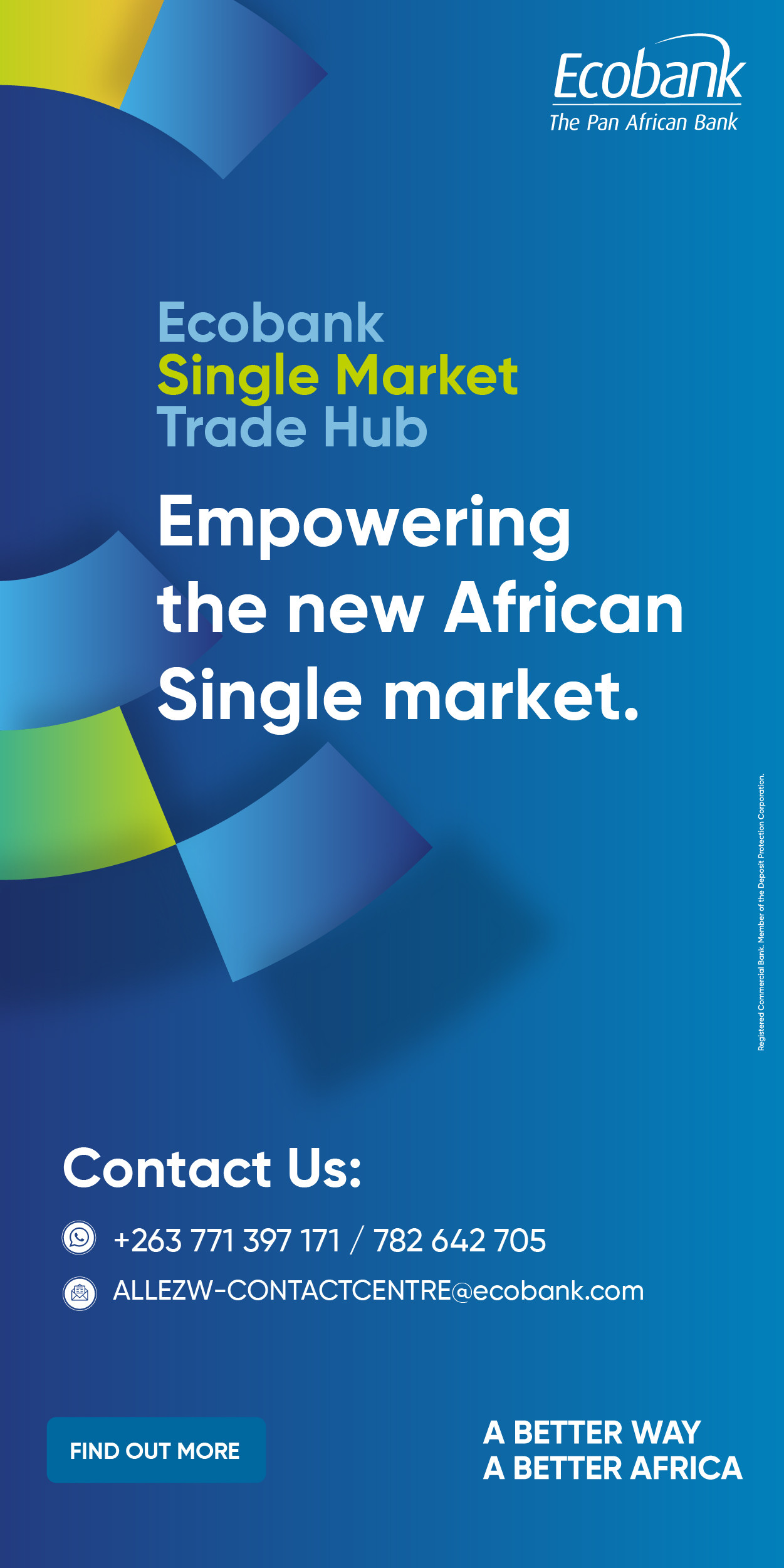- ZECO’s Q3 2025 revenue surged 82% to ZWG 1.72 million, driven by a stabilised currency and improved operating environment
- Shop occupancy rose significantly to 52.17% from 30.77%, reflecting stronger tenant confidence and effective marketing efforts
- The group’s outlook remains cautiously optimistic, supported by controlled costs and expected festive-season demand, although macroeconomic risks persist
Harare - ZECO Holdings, the Zimbabwe Stock Exchange-listed engineering and property investment group, nearly doubled its third-quarter revenue to ZWG 1.72 million for the period ended 30 September 2025, a significant jump from ZWG 941,913 recorded in the same period last year according to the latest trading update.
The improved performance came against the backdrop of a more stable macroeconomic environment and a notable recovery in property occupancy, providing fresh momentum ahead of the final quarter of the financial year.
‘’ Revenue was moderate over the period with the current year’s third quarter revenue at ZWG 1,715,383.39, while the previous year’s third quarter revenue was ZWG941,913.40,’’ the company said.
Zimbabwe’s operating environment has been comparatively calmer for the past 10 months, with the stability underpinned by the Reserve Bank of Zimbabwe’s disciplined monetary policy framework, which has managed to maintain a stable exchange rate for over a year following the September 2024 devaluation.
The bank’s tight control of ZiG liquidity, high borrowing rates at 35%, and rising USD inflows from strong gold and tobacco exports have collectively restored order to the forex market.
Record-high gold export earnings peaking at USD 458 million in July and USD 467.2 million in August have boosted USD liquidity, helping to narrow the parallel market premium and shielding exporters from the heavy losses previously triggered by the export surrender regime.
This strengthened macroeconomic backdrop has been crucial for businesses like ZECO, whose operations are highly sensitive to currency fluctuations, production costs and consumer spending patterns.
A stable currency has enabled the group to operate more predictably and manage expenses with greater control, offering a firmer base for revenue generation.
In terms of performance ,shop occupancy rose sharply to 52.17%, up from 30.77% recorded in the same period last year , attributed to intensified marketing efforts and improved tenant confidence in a more predictable currency environment.
Administrative expenses were contained at 19.52%, while property expenses stood at 21.69% for the quarter.
Looking ahead, ZECO expects the economic climate to remain relatively stable, supported by continued infrastructure development and steady commodity prices.
However, broader macroeconomic risks remain, despite the RBZ’s success in stabilising the currency. Outstanding government payments to contractors and ongoing export retention obligations pose potential risks to exchange rate sustainability.
Fiscal space to clear these arrears is limited, and while efforts to formalise the informal sector have marginally improved revenue collection, they are unlikely to meaningfully expand fiscal capacity in the next five years.
Strong commodity exports support currency stability, but they alone cannot solve the government’s fiscal constraints. Officials may consider slowing down new or ongoing capital projects to redirect funds toward arrear settlement.
However, it is far more likely that authorities will defer these obligations while hoping for external financing or an unexpected economic windfall, a strategy that carries inherent risks should delays persist without a corresponding fiscal breakthrough.
For ZECO, the immediate outlook remains cautiously optimistic. If the current stability holds, the group is well-positioned to close the financial year on a firmer footing, supported by rising occupancy rates, controlled costs and the expected festive-season uplift in trading activity.
Equity Axis News





